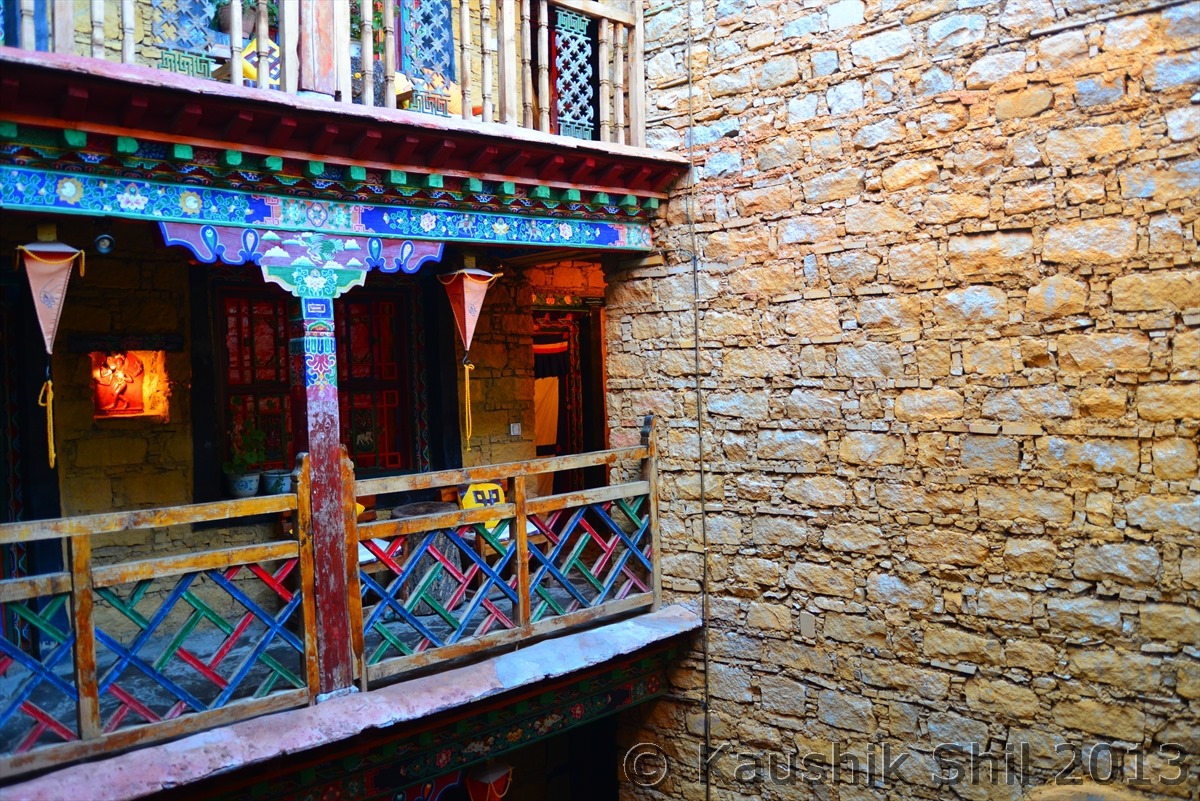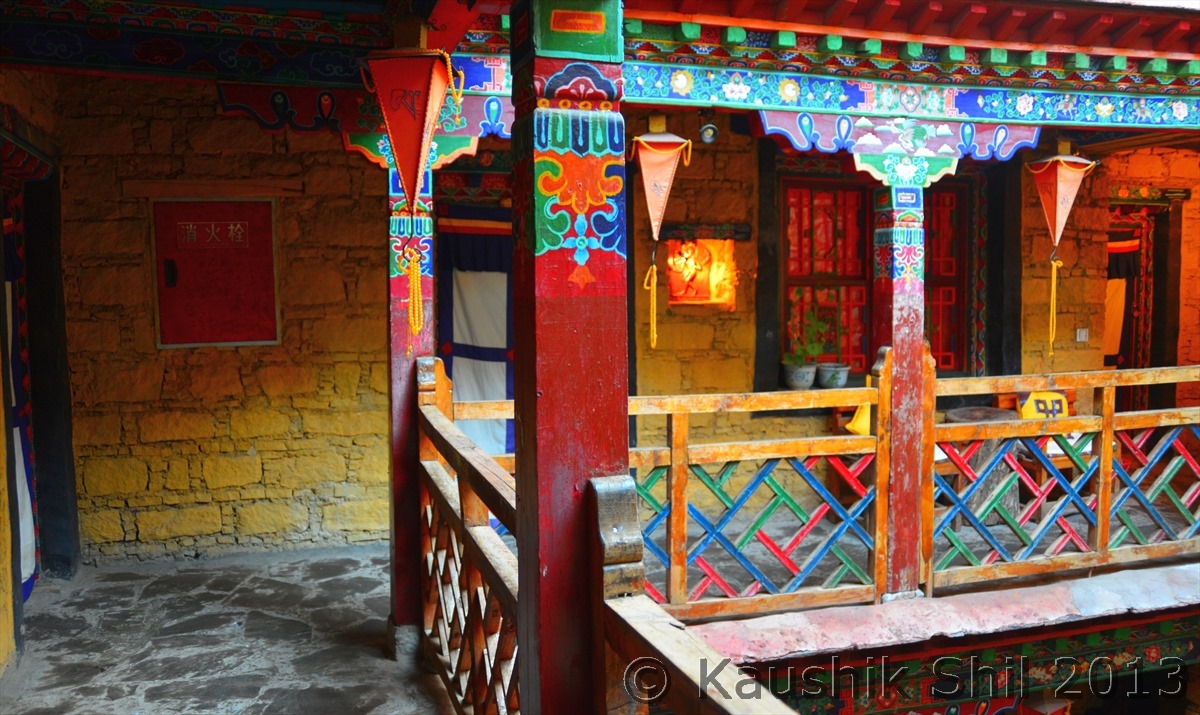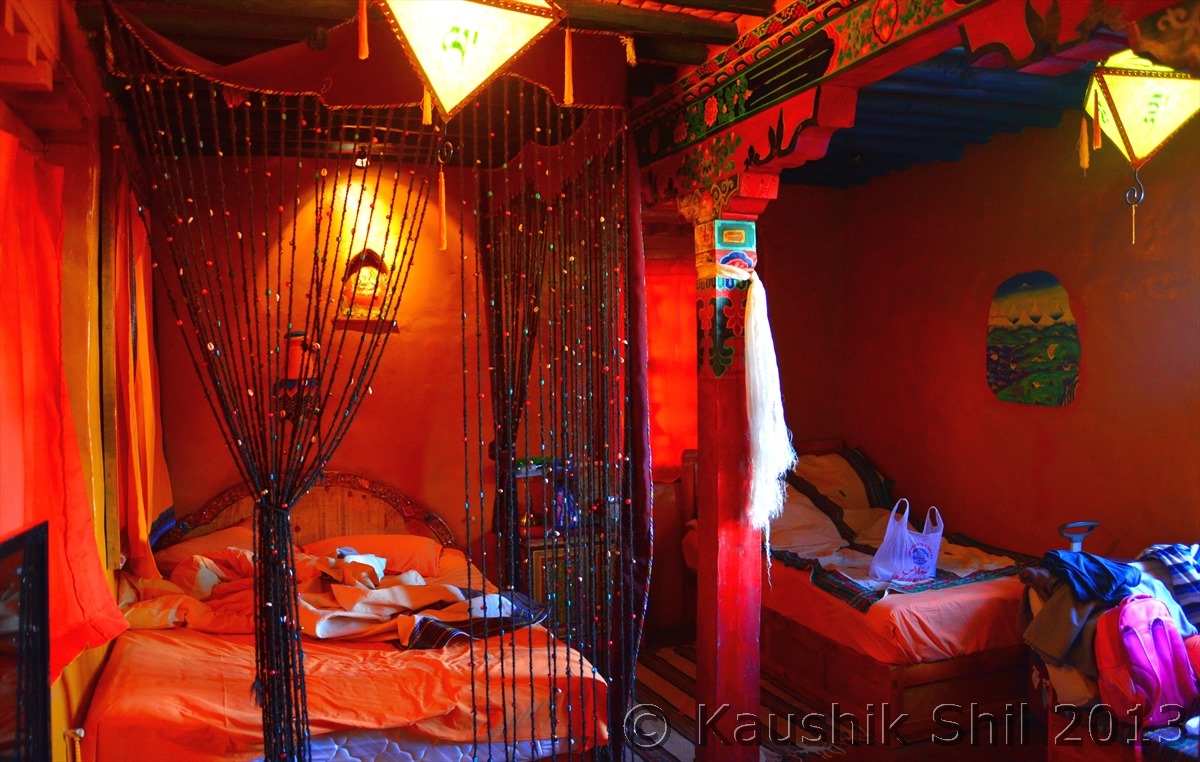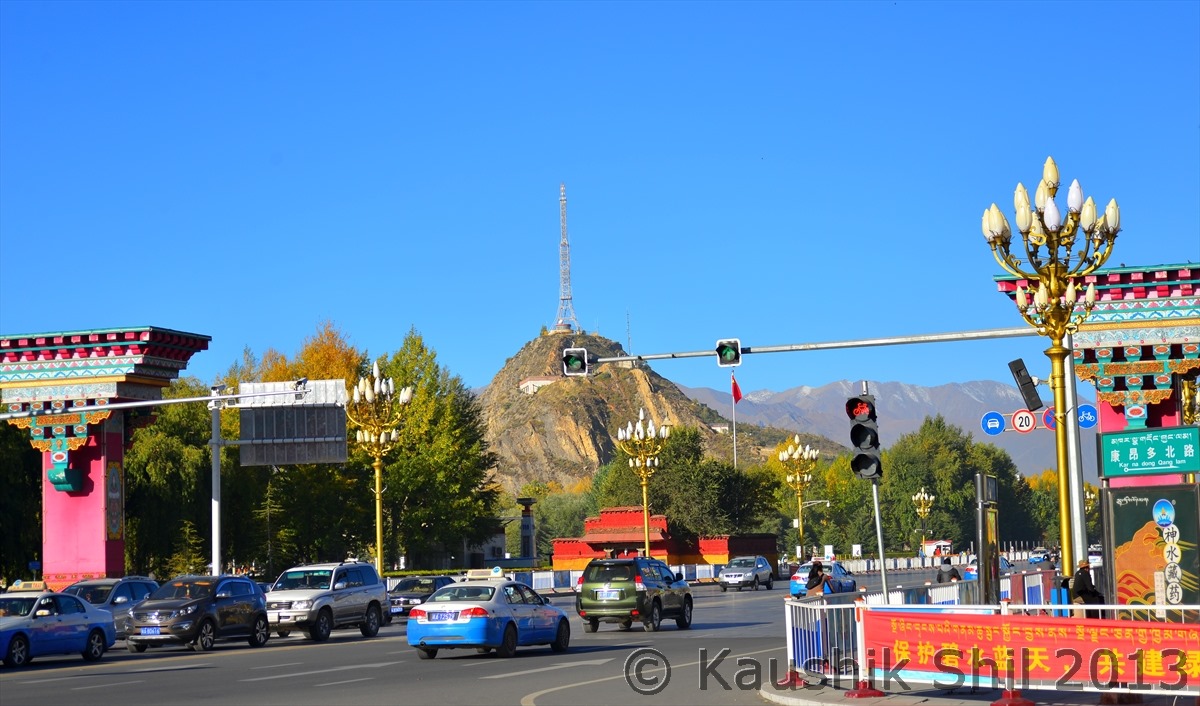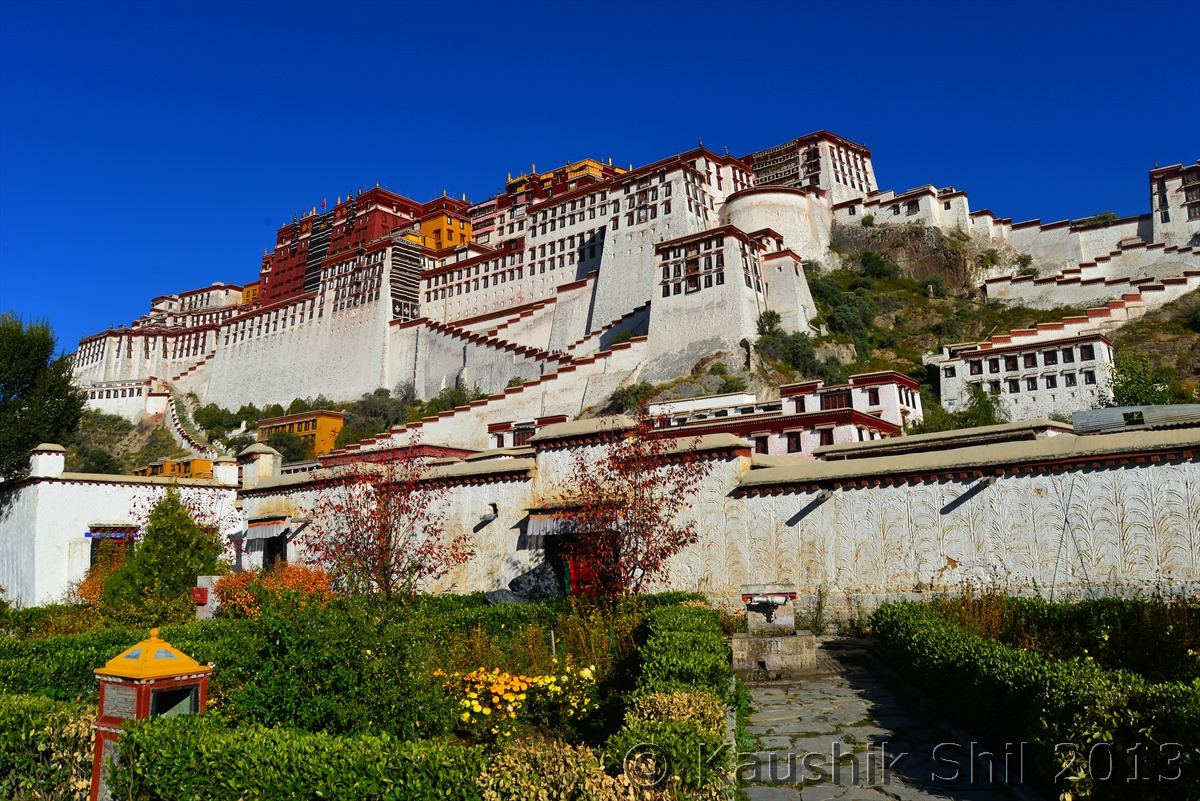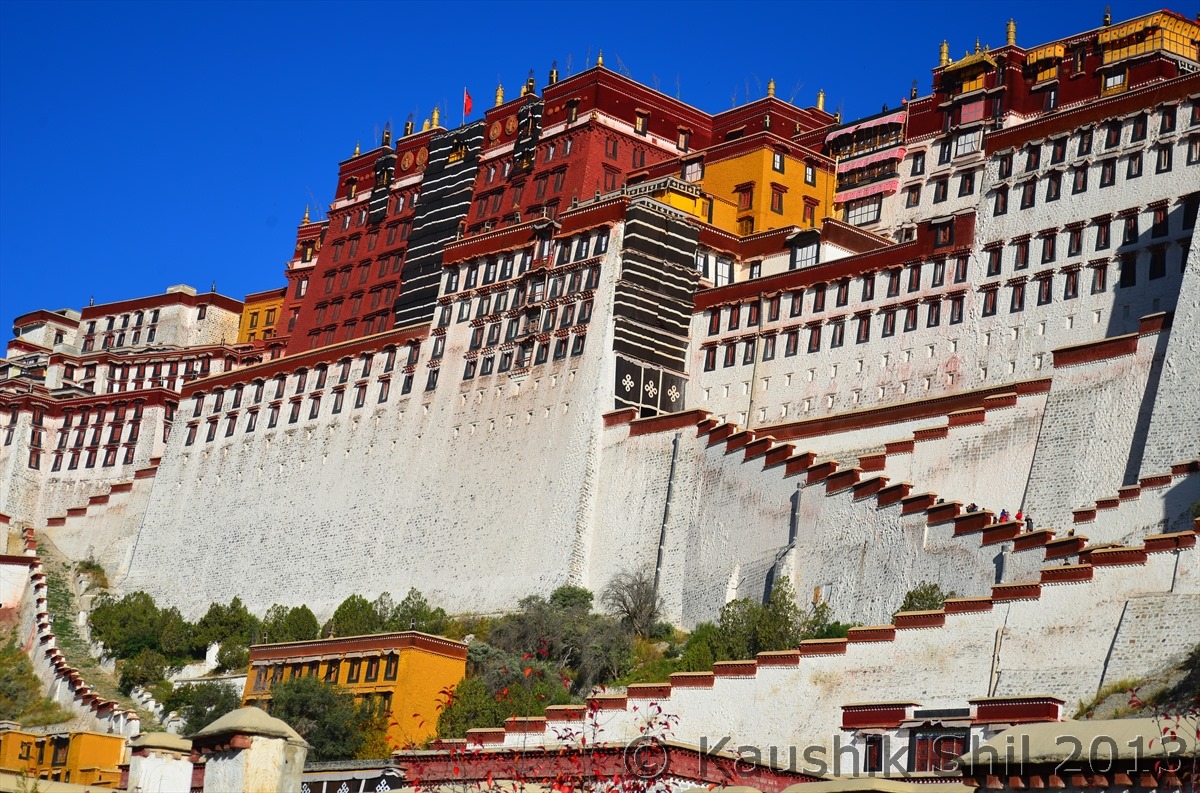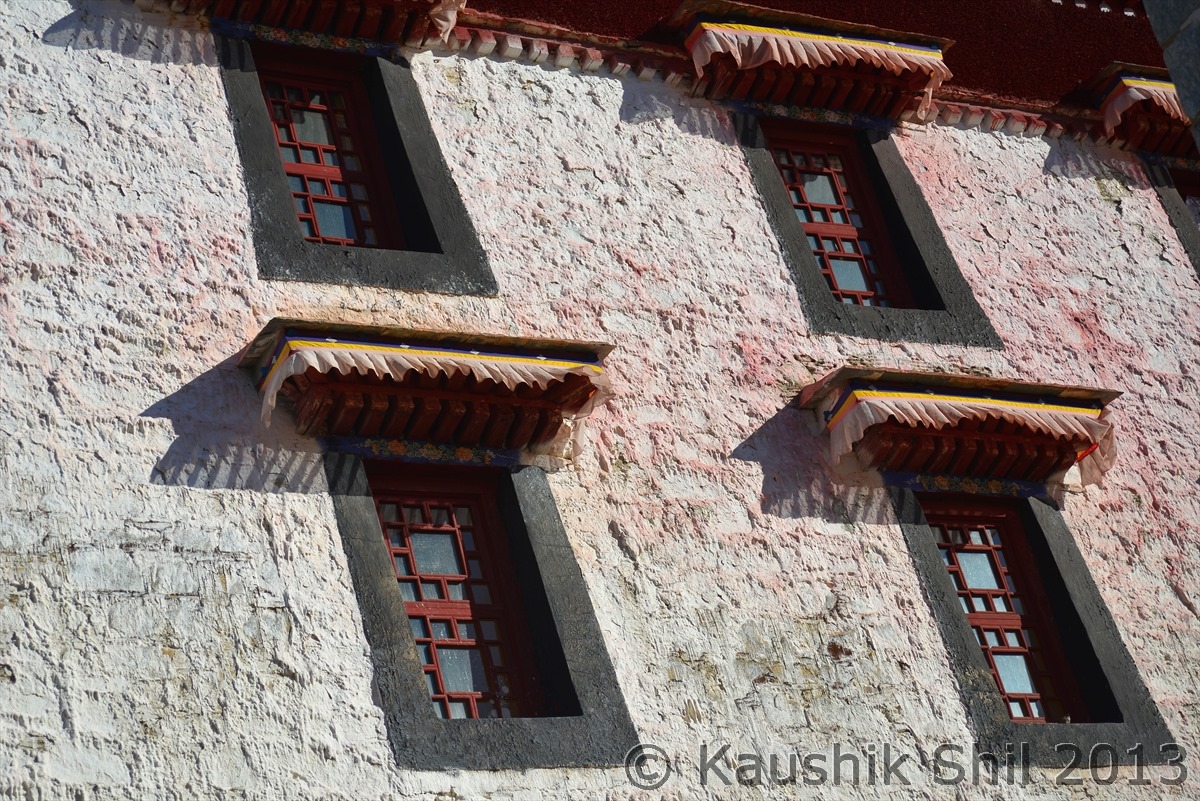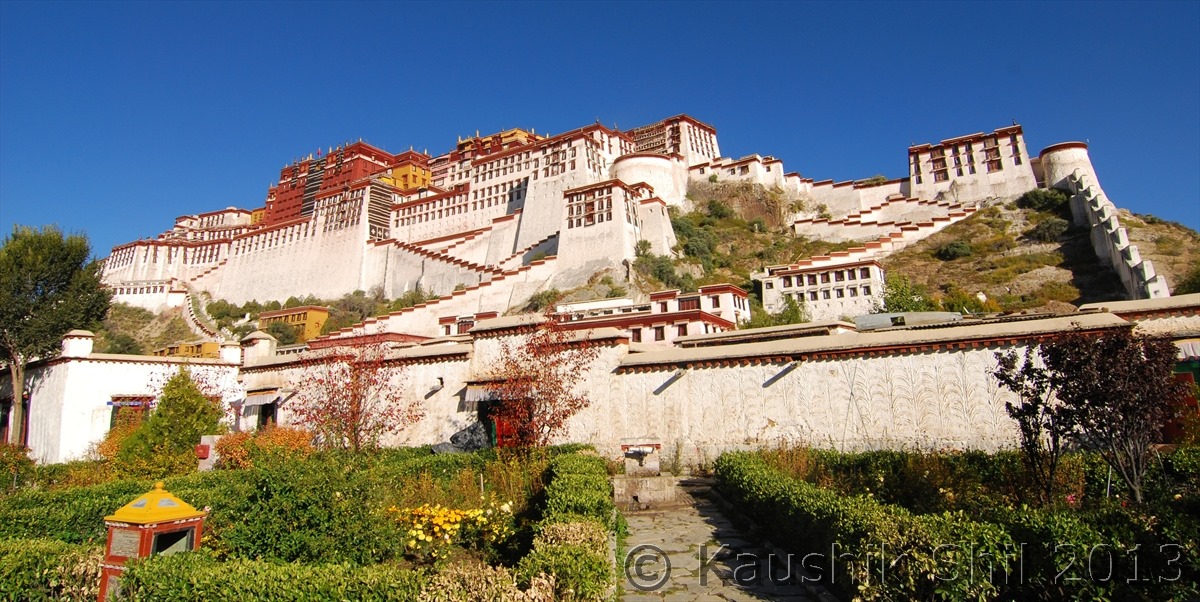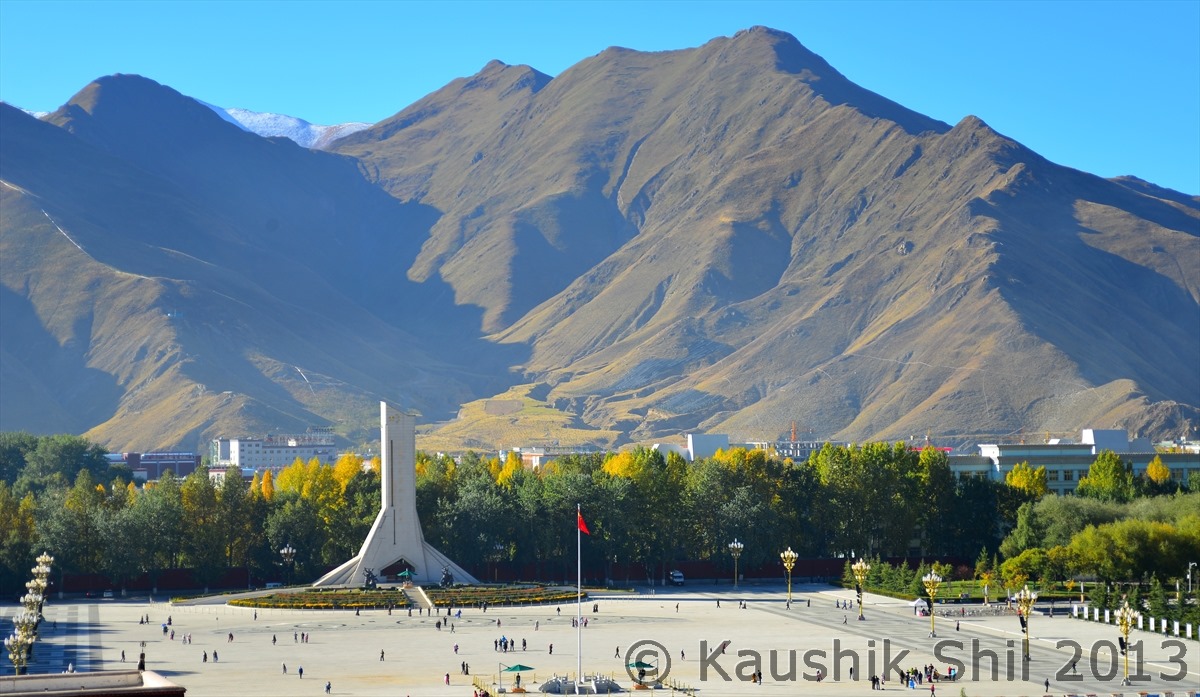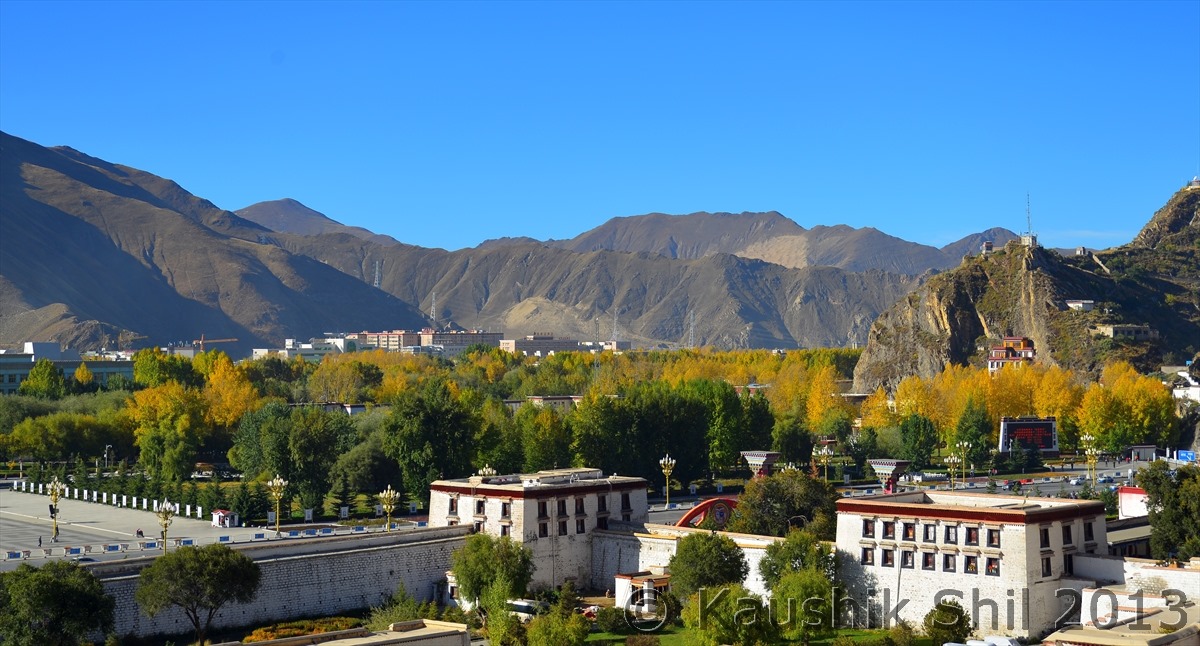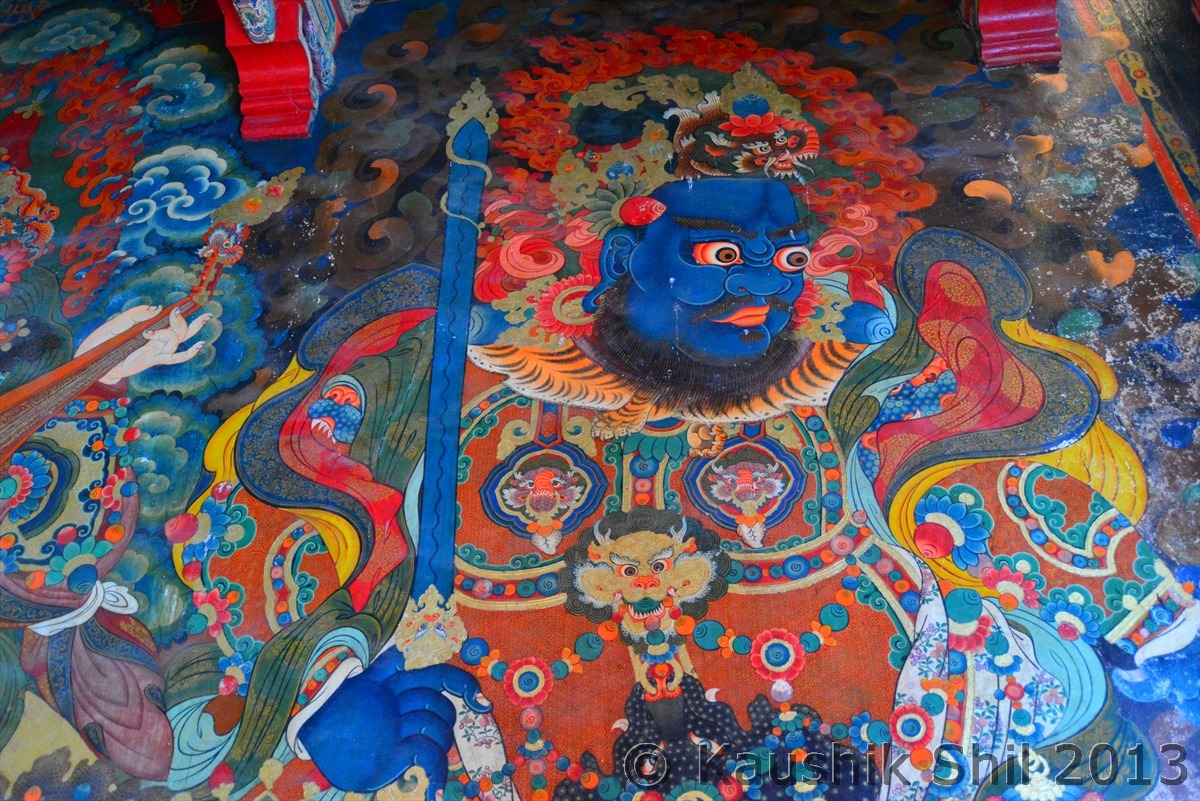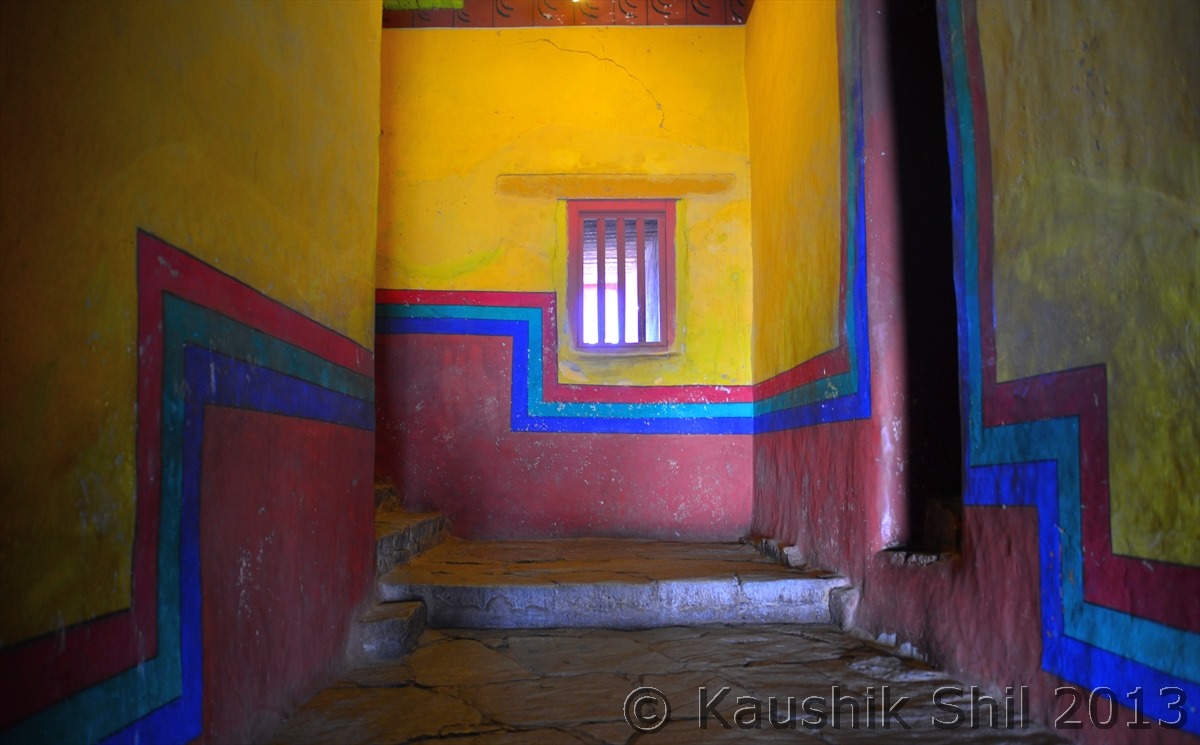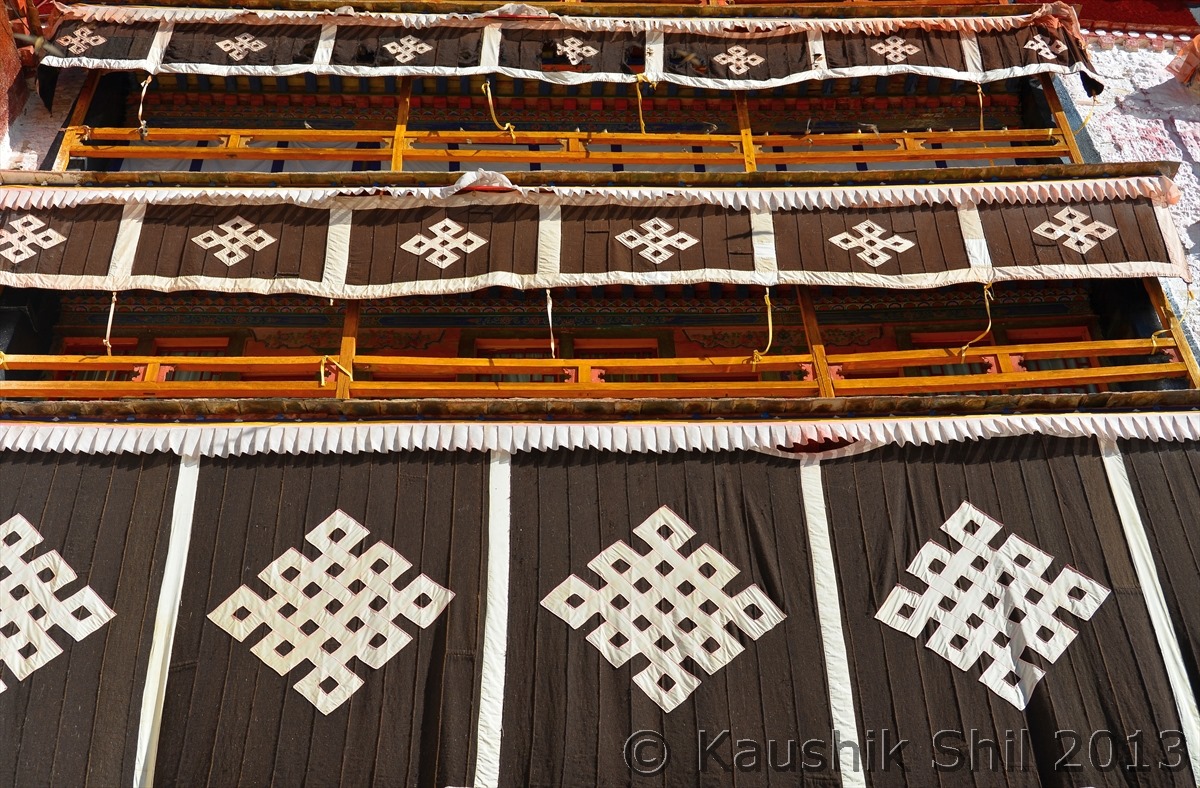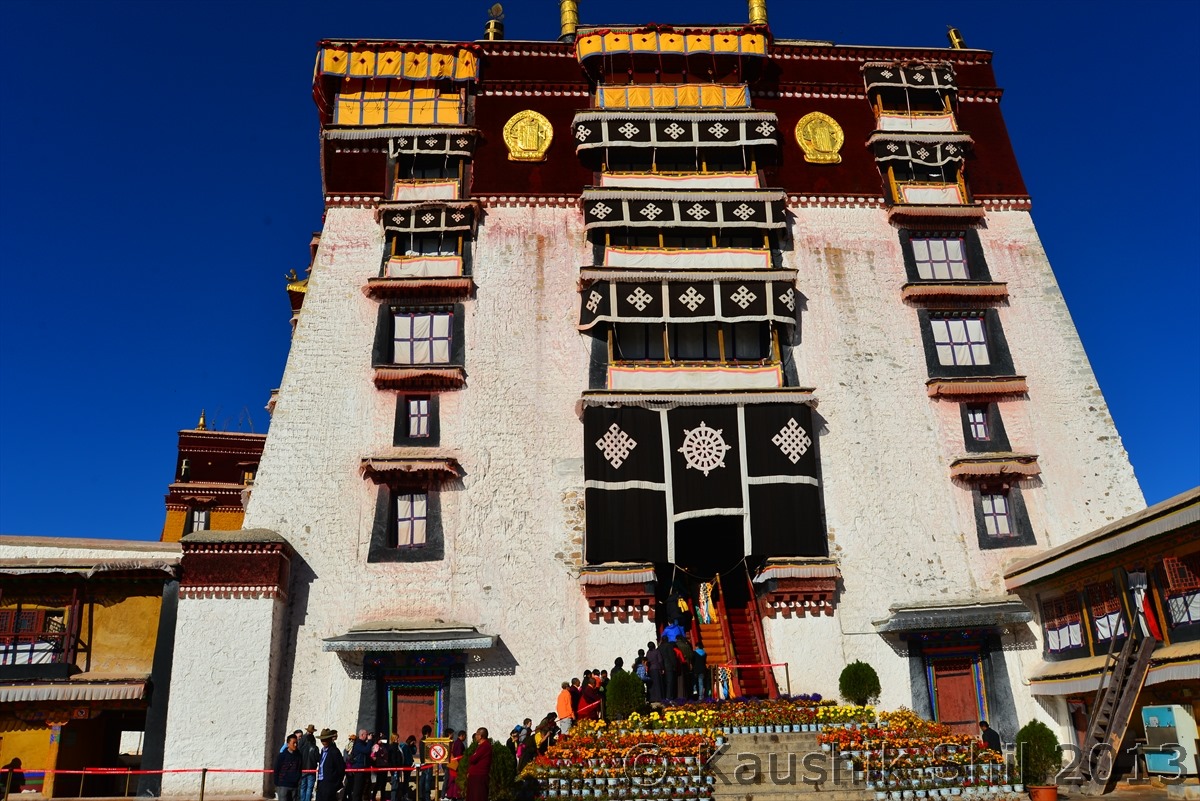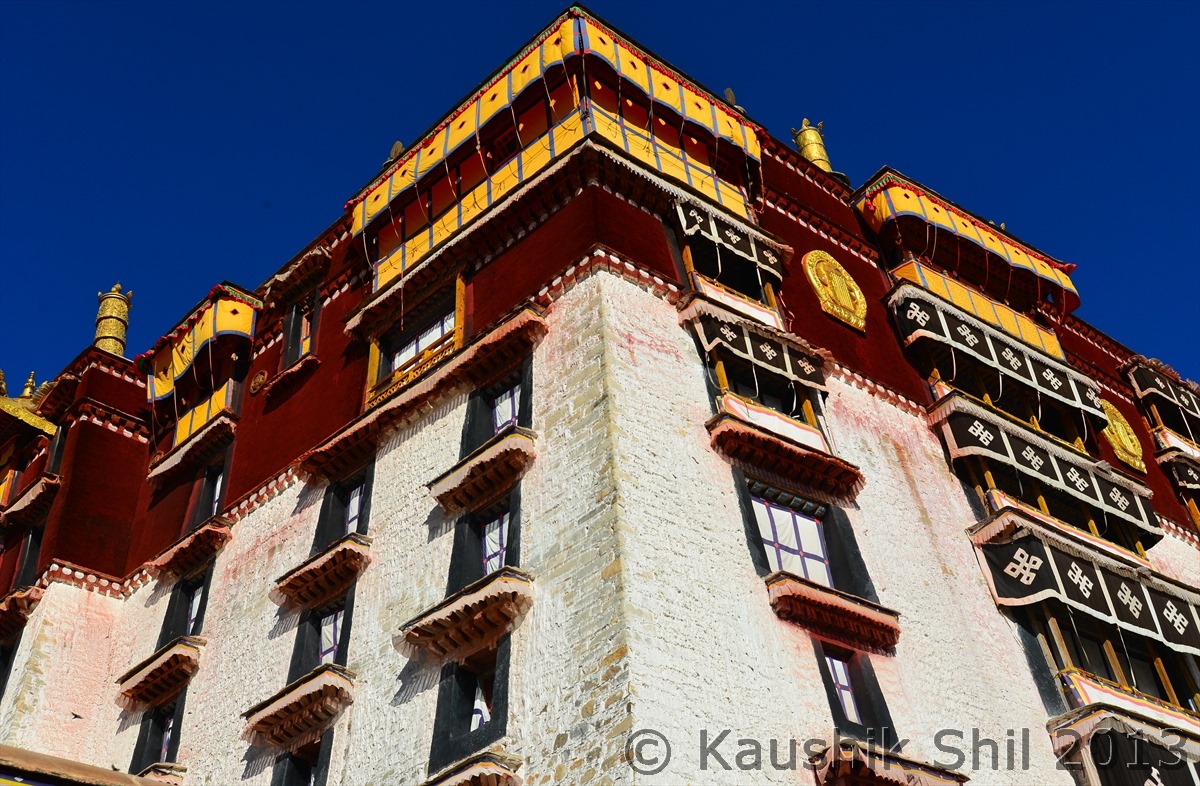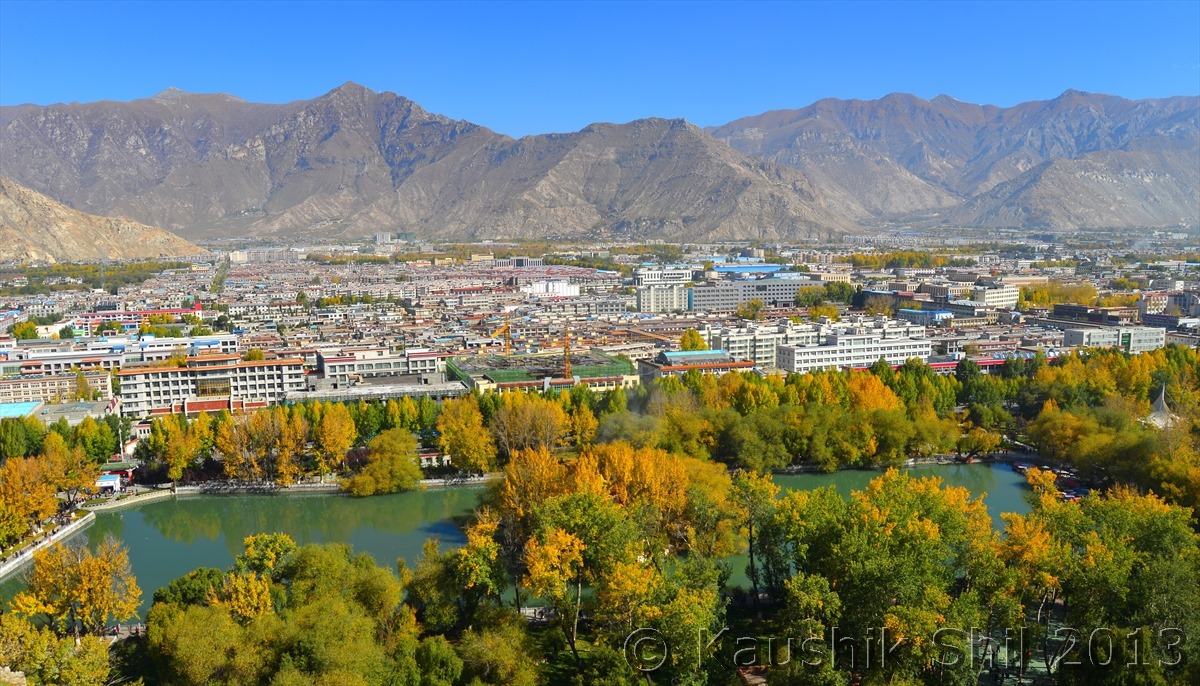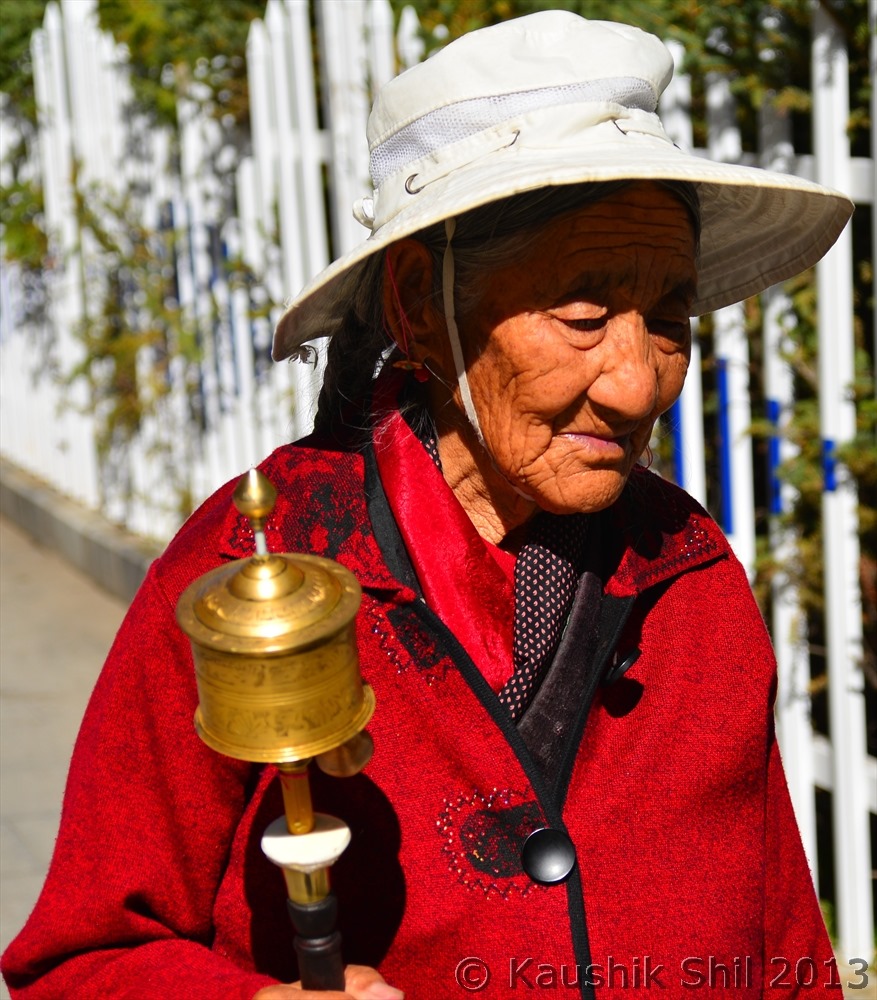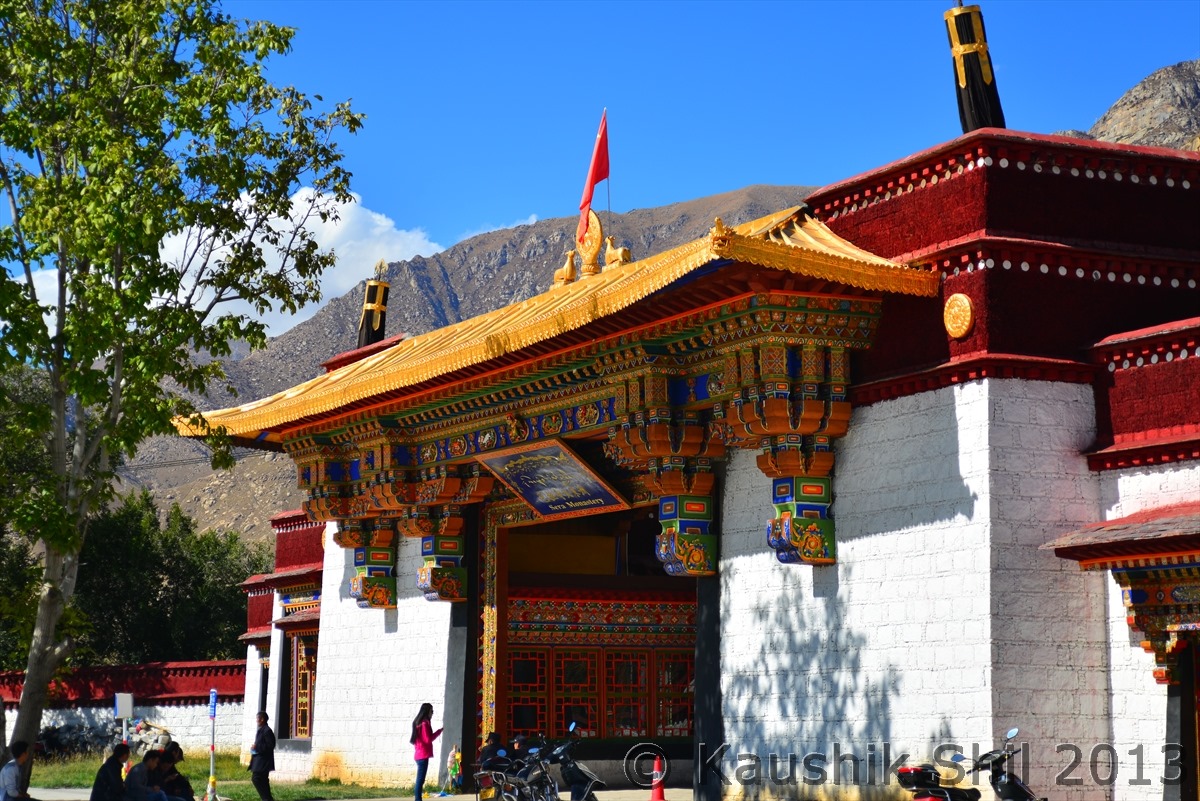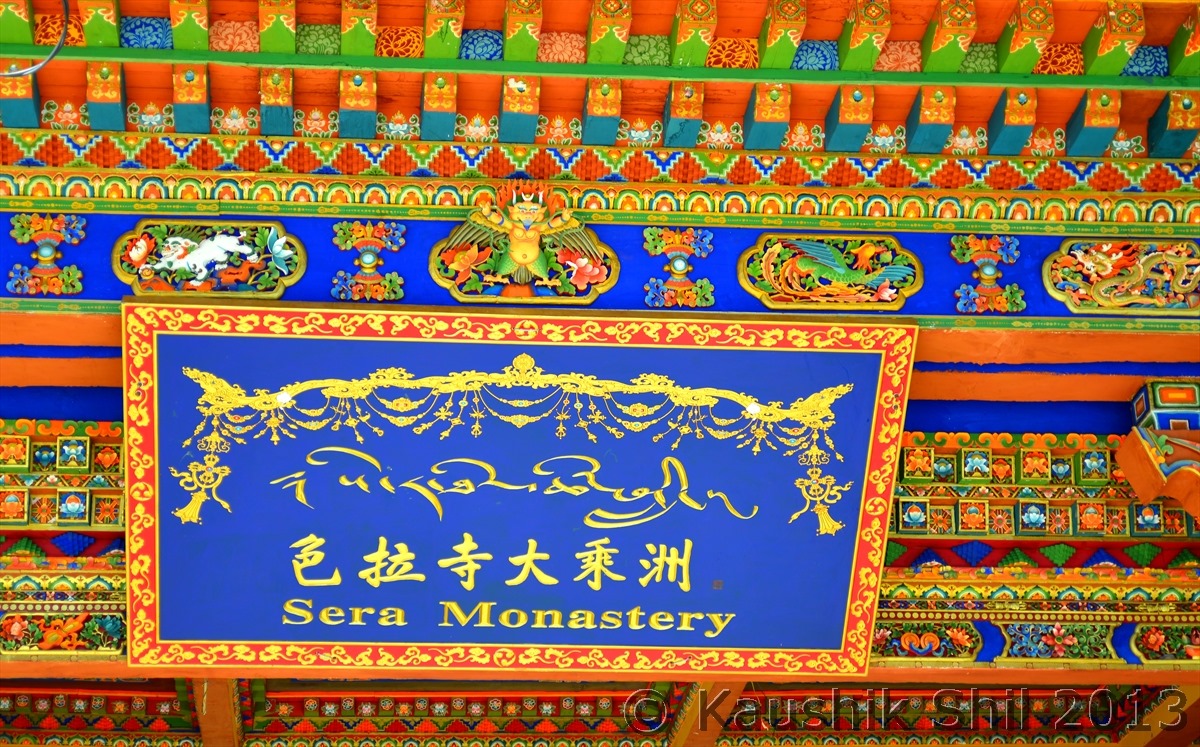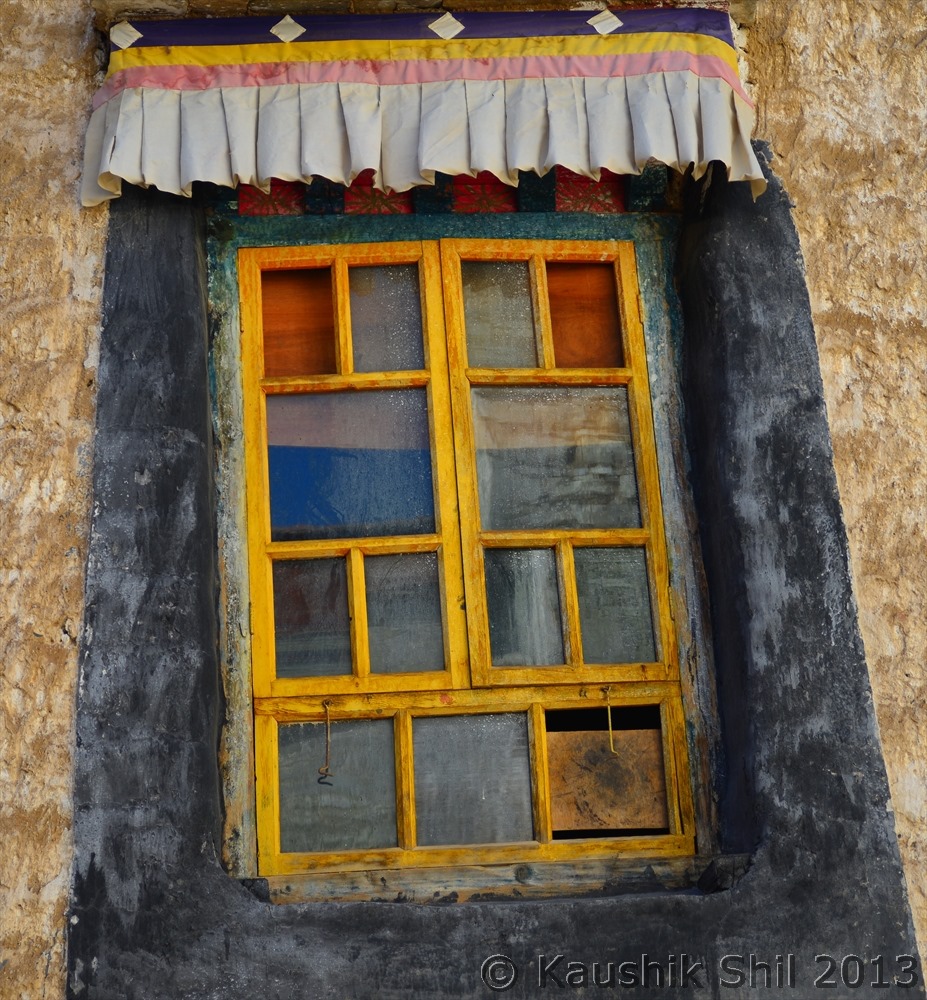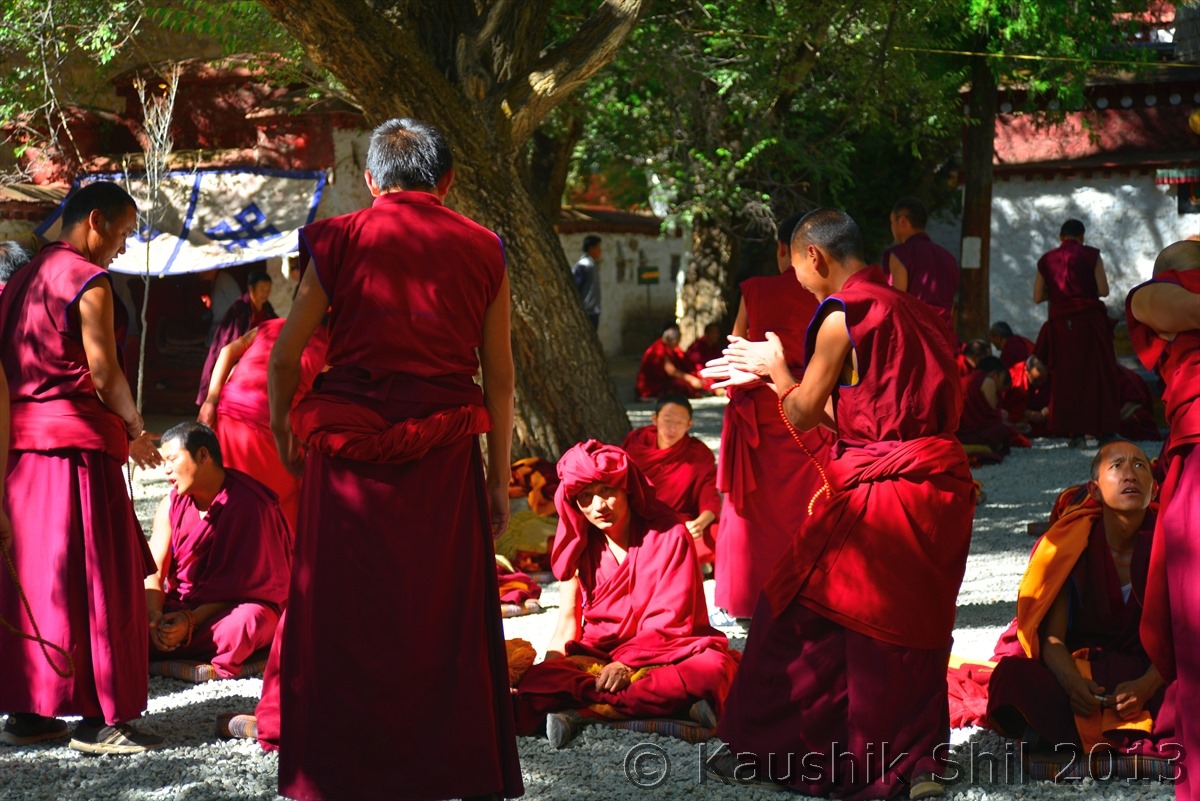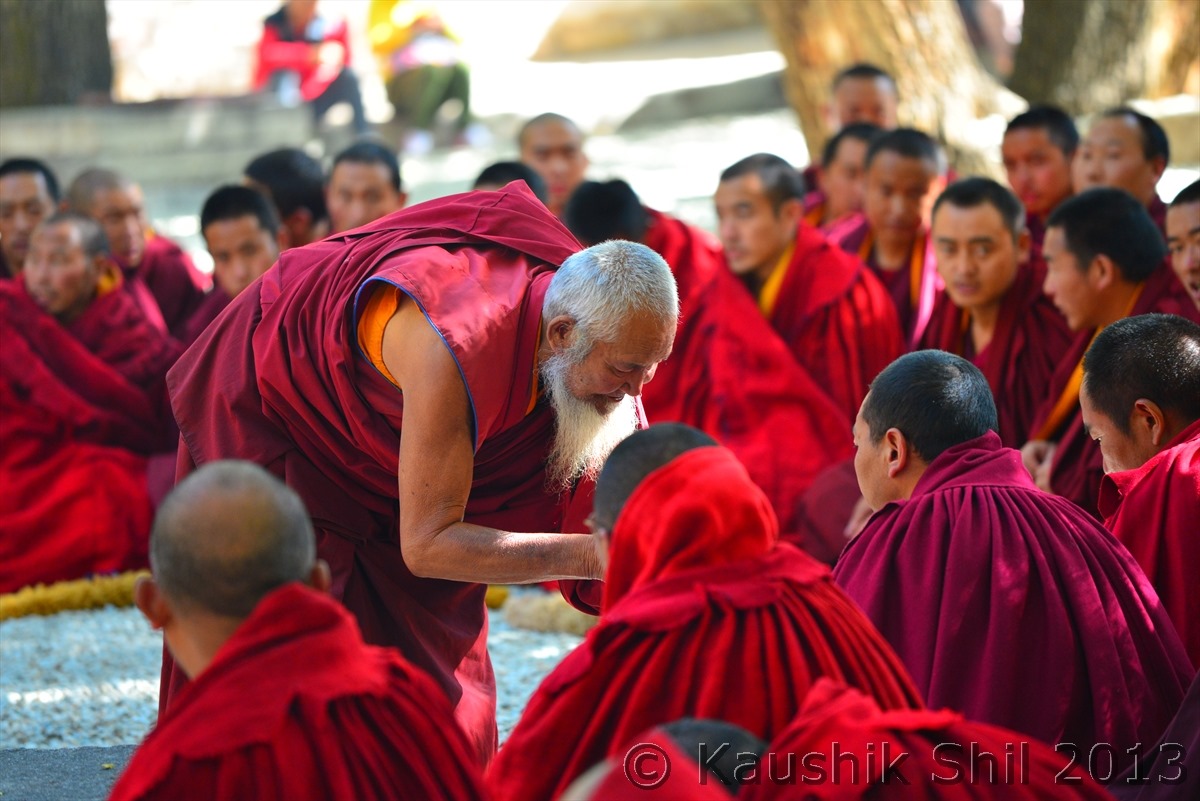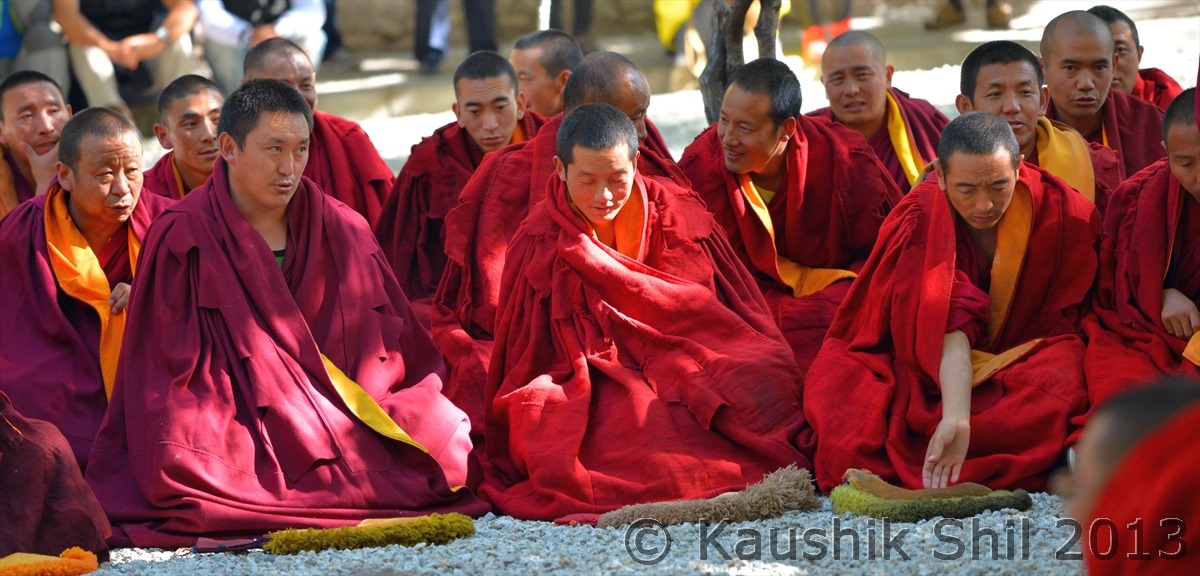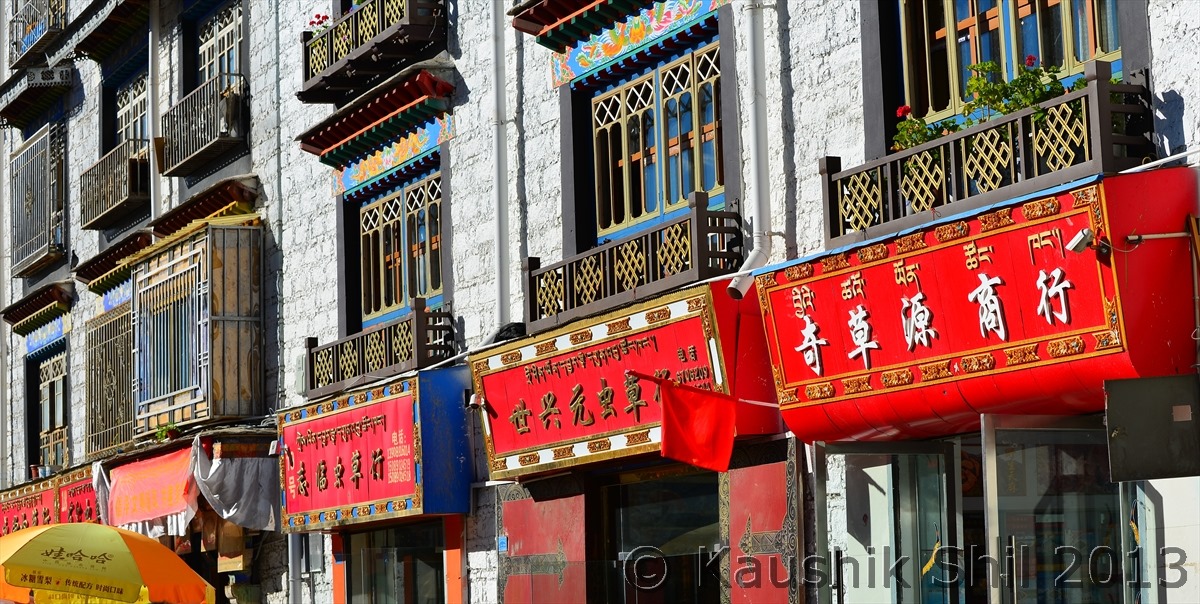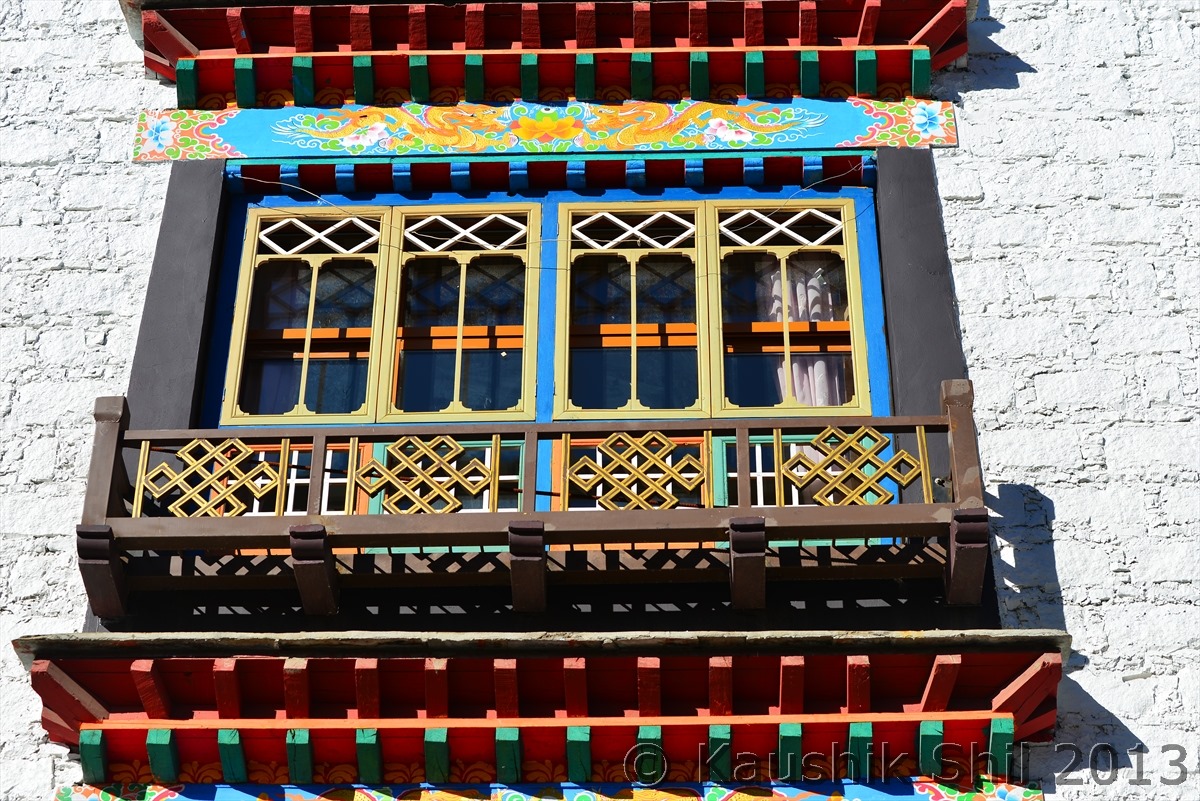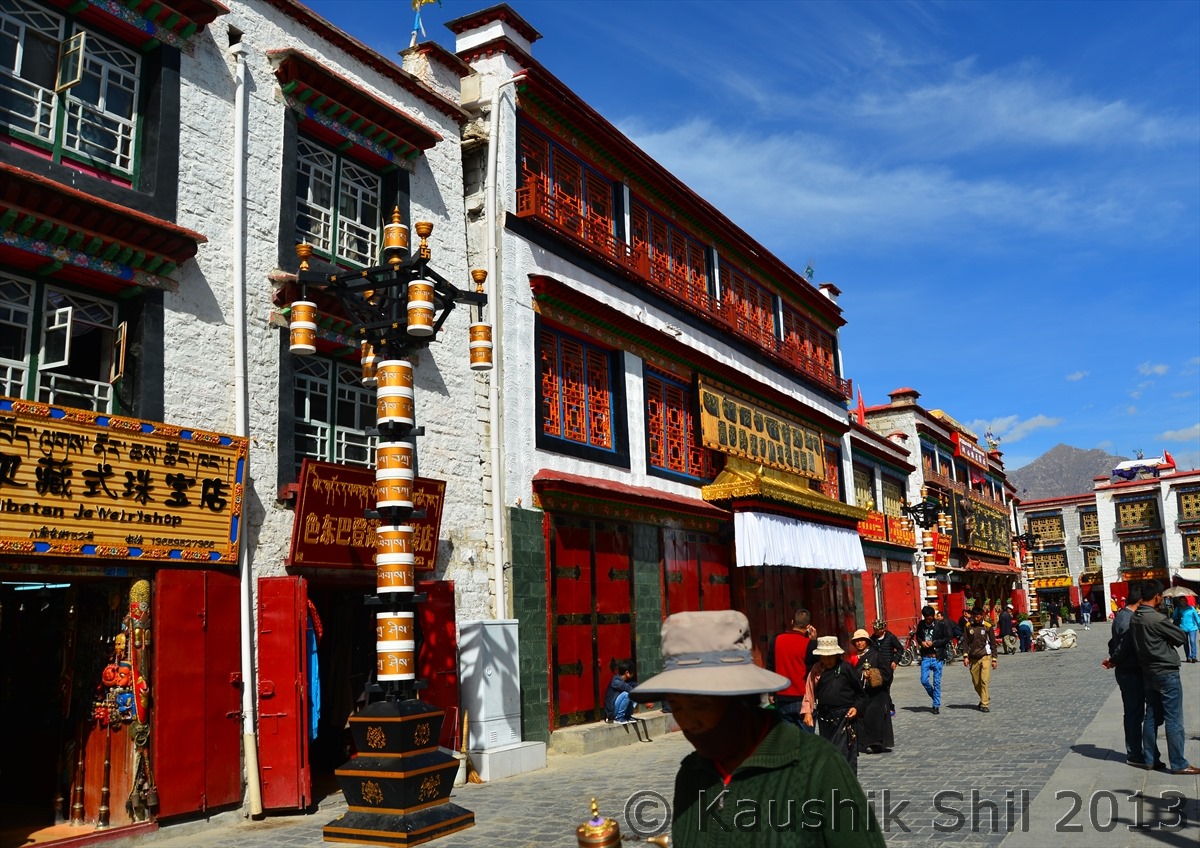Day 22:
All Tibet trip must have to be conducted by Authorized Tibet Travel agent. Authorized Tibet Travel Agents mean those agents who are authorized by TTB (Tibet Tourism Bureau) To get Authorization the company has to be Chinese / Tibetan owned company and must have a registered office in Lhasa. Why I am telling all these because if you take help from a Chinese agency located in Beijing for a China – Tibet combined trip and Chinese agency doesn’t have a registered office in Tibet, they would certainly outsource the Tibet part to a subcontracting agency. Similarly when you do a trip from Nepal through a Nepalese agent you would surely pay additional commission to him as he would have to arrange the Tibet part through an agency located in Tibet. Things are more complex if you get help from an Indian Agent, only a very handful directly have any link with Tibetan agency, most Indian agencies go to Nepalese and then via Nepalese agent they go to Tibetan agents. So you would end paying double commission. Now Tibet is again like Arunachal Pradesh as you can’t cover entire Tibet at one go because of permits and other logistics issue. Tibet can be divided as 3 parts, Eastern Tibet, Central Tibet and Western Tibet and you need to travel thrice to cover each of these areas. For Central and Eastern Tibet you have enough choice to select your tour operators but for Western Tibet story is different which is out of scope of this report. As my target was Central Tibet, I spoke with a lot of Tibetan Operators and finally Chose Woeser Phel as because he was very transparent on his dealings, kept whatever he committed during negotiation phase and quoted most reasonable cost at first go. My choice proved to be correct and finally I found a very trust worthy person who was very honest and committed to his business, again I must say I was lucky.
Woeser came to us in the morning, provided a brief overview on how to cope high altitude, not really needed for us who have visited Ladakh 4 times but definitely a good intent from his part. He also cautioned us about political sensitiveness of Tibet and asked us not to take snaps without consulting guide and follow the guide very precisely.
Lhasa, the name is derived from the Tibetan word Lha (Sacred) and sa (Earth) Most buildings of Lhasa were built one the three distinct phases of construction. The earliest phase coincides with the construction of Jokhang Temple and first Potala palace during seventh century, the second phase with the buildings of great Gelukpa monasteries like Sera and new Potala Palace and Norbulinka Palace during 15th to 18th Centuries and third phase is recent expansion under Chinese rules.
Our first destination of the day was Potala Palace followed by Sera Monastery. Potala Palace got into the list of UNESCO World Heritage site list in last decade of last century.This is winter palace of the Dalai Lama since 7th Century CE, symbolizes Tibetan Buddhism and its central role in the traditional administration of Tibet. Potala now a days run by Chinese Govt and practicing of Buddhism is banned inside the palace. It’s a 13 – storey castle, almost 120 meter high built with rammed earth, wood and stone, this amazing palace contains 1000 rooms and thought to house 10000 shrines and 200000 statues, more than thriving religious place, it’s look more like museum to me under Chinese Governance where most of the palace and rooms were closed for visitors.
It’s quite costly to enter in Potala and current entrance fees was 200 CNY and that too very limitedly sold only day before the visit, so unless your agent could manage this, visiting this place is quite difficult. We spent almost whole morning here.
Afternoon we visited Sera, one the three greatest Gelukpa Monastic Citadels close to Lhasa (Other two ate Drepung and Ganden). They all were established in early 15th Century, Sera was built in 1419 and it’s population was around 7000 monks.The monastery was famous for its fighting monks, who spent years perfecting martial arts. They were hired out in ancient Tibetan army. One of the biggest attraction of Sera is Tibetan Style debating, which takes place in the afternoon between 2 to 3pm. They debate religious and philosophical questions in the Tibetan style of slapping the palm of the hand to make a point. Monastic Debating is the method used for passing the exams to obtain monastic degrees but now a days this is completely controlled and monitored by civil dressed Chinese army and police and remain as a shadow of its past.
We came back to our hotel by evening and took rest as tomorrow our plan was visit the holiest lake of Tibet, Nam Tso.
The inside of Tibetan House:
Our Hotel, Shambala Palace, an excellent Tibetan style hotel to stay in Lhasa, thanks to Woeser for choosing this hotel for us:
Tibetan style is preserved even inside the hotel room at Shambala Palace, Lhasa:
Lhasa road in morning:
Potala Palace, an UNESCO World Heritage Site:
View from Potala Palace:
Thangka inside Potala:
Design inside the Potala Palace:
The Dalai Lama’s residential building inside Potala Palace:
View of Lhasa Town from Potala Palace:
Tibetan Lady encircling Potala Palace with Prayer Wheels:
Entrance of Sera Monastery:
Sera Monastery – Second largest Monastery of Gelukpa Sect:
The abandoned Monk Quarter at Sera :
The famous debate of Sera going on:
Now at last we are in old part of Lhasa:
Lhasa Old Town:
Previous: Day 21/Part 2
Next: Day 23
